
Discover the Majestic Nanda Devi National Park Interpretive Trek
Explore the breathtaking landscapes and diverse wildlife of Nanda Devi National Park, a UNESCO World Heritage Site and a must-visit for adventure lovers.
Embark on an unforgettable adventure at Nanda Devi National Park Interpretive Trek, where breathtaking landscapes and rich biodiversity await every traveler. Nestled in the heart of Uttarakhand, this national park is a haven for nature lovers and outdoor enthusiasts alike. Explore the stunning Himalayan scenery, and discover unique flora and fauna as you traverse through pristine trails that lead you deeper into this remarkable wilderness. Whether you're hiking, camping, or simply soaking in the views, prepare to be captivated by the beauty that surrounds you.
A brief summary to Nanda Devi National Park Interpretive Trek
- Kotmangra Village & Post Lata, Via, Joshimath, Lata, Uttarakhand, 246443, IN
- +919837685986
- Visit website
- Monday 6 am-7 pm
- Tuesday 6 am-7 pm
- Wednesday 6 am-7 pm
- Thursday 6 am-7 pm
- Friday 6 am-7 pm
- Saturday 6 am-7 pm
- Sunday 6 am-7 pm
Local tips
- Visit during the pre-monsoon months of April to June for the best weather and visibility.
- Consider hiring a local guide to enhance your trekking experience and learn about the area's ecology.
- Pack appropriate hiking gear and be prepared for sudden weather changes.
- Carry plenty of water and snacks, as facilities are limited within the park.
- Respect the park's wildlife and maintain a safe distance from animals.
Getting There
-
Car
If you are traveling by car from the Valley of Flowers National Park, start by heading towards Govindghat. From the park entrance, follow the road signs to Govindghat (approximately 18 km away). Once you reach Govindghat, take the road towards Joshimath. After reaching Joshimath, continue for about 20 km towards Lata village. The trek starts from Kotmangra Village, which is a short distance from Lata. Be sure to use GPS or a map for precise navigation, and note that the roads can be narrow and winding.
-
Public Transportation
If you prefer public transportation, start at the nearest bus station in Govindghat. You can take a bus to Joshimath, which runs frequently. The bus ride takes approximately 1 hour. From Joshimath, you can hire a local taxi or take a shared jeep to Lata village. The fare for the jeep or taxi should be negotiated in advance and typically ranges from ₹300 to ₹500. Once you reach Lata, Kotmangra Village is a short hike away, approximately 3 km from Lata.
-
Trekking
From Kotmangra Village, the Nanda Devi National Park Interpretive Trek begins. Ensure you have proper trekking gear and a local guide if needed, as the terrain can be challenging. It's advisable to start early in the day to avoid trekking in the dark. The trek will provide breathtaking views and a chance to experience the unique flora and fauna of the region.
Discover more about Nanda Devi National Park Interpretive Trek
Iconic landmarks you can’t miss
Faraway Cottages, Auli
13.6 km
Discover the tranquil beauty of Faraway Cottages, a perfect retreat in Auli, Uttarakhand, where nature meets comfort.
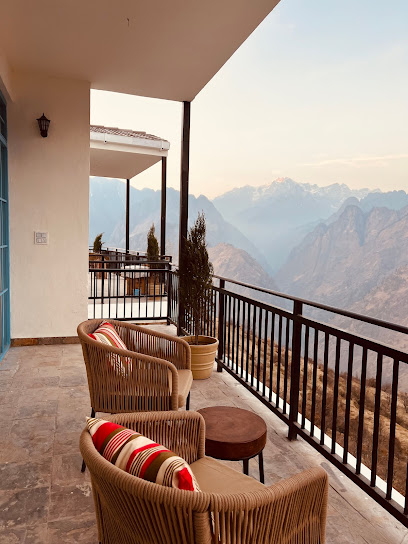
Hotel Auli D - Hotel In Joshimath
14.3 km
Discover comfort and serenity at Hotel Auli D in Joshimath, your perfect base for exploring the Himalayan wonders and sacred sites.
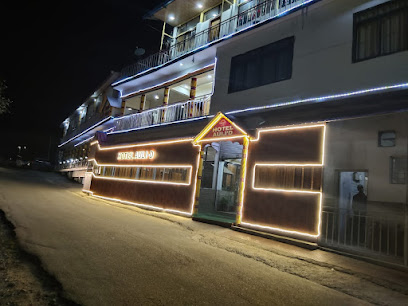
Casa Himalaya, Auli
14.5 km
Discover adventure and tranquility at Casa Himalaya, Auli - a premier ski resort in the heart of Uttarakhand's breathtaking Himalayas.
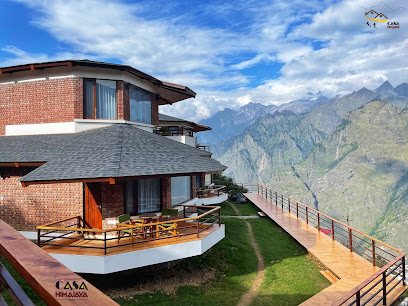
Auli Tourism
14.5 km
Experience the breathtaking beauty and thrilling adventures of Auli, the Snow Paradise of India, nestled in the majestic Himalayas.

Ski resort GMVN Auli
14.7 km
Discover Auli, a stunning ski resort in the Himalayas, offering thrilling winter sports and breathtaking views of the Nanda Devi peaks for an unforgettable experience.

The Royal Village
14.7 km
Experience the enchanting beauty and adventure of The Royal Village in Auli, Uttarakhand, a premier resort hotel for all travelers.

Ski Resort Auli
14.8 km
Experience the thrill of skiing and the beauty of the Himalayas at Auli Ski Resort, a top destination for winter sports enthusiasts in India.
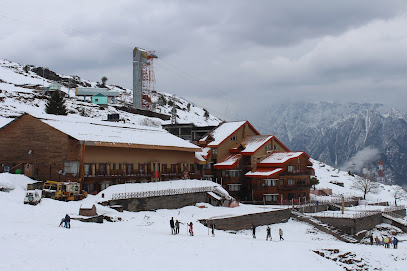
Hotel Manik Resort Auli
14.8 km
Discover the beauty of the Himalayas at Hotel Manik Resort Auli, your serene retreat in the heart of Uttarakhand's majestic mountains.
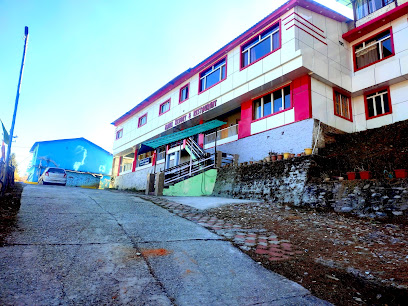
Auli Inn
16.0 km
Experience the charm of the Himalayas at Auli Inn – a serene resort hotel in Joshimath, perfect for adventure and relaxation.
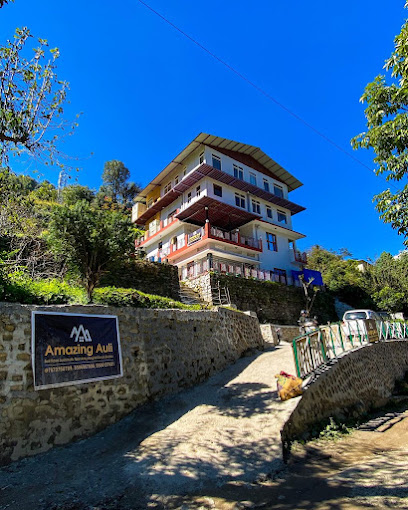
Ski & Snow Cliff Top Club Holiday Resort at Auli, Uttarakhand
16.2 km
Discover the ultimate alpine retreat at Ski & Snow Cliff Top Club Holiday Resort in Auli, Uttarakhand, where luxury meets adventure in the heart of the Himalayas.

कुमाऊँ हिमालय
25.3 km
Discover the breathtaking beauty and adventure of the Kumayun Himalayas in Chamoli, Uttarakhand—a paradise for nature lovers and thrill-seekers.
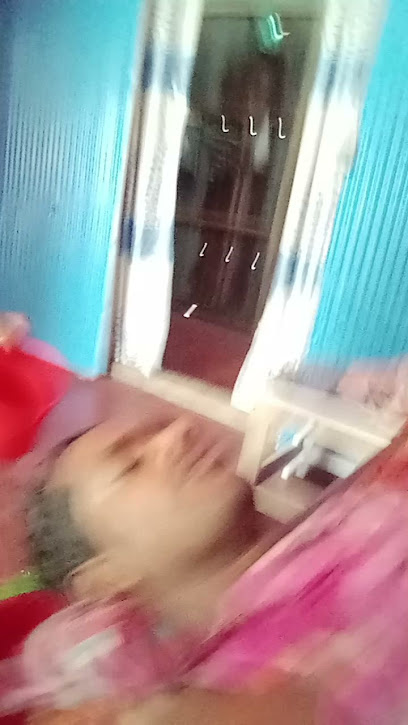
Lesser Himalaya
61.9 km
Discover the breathtaking beauty and adventure of the Lesser Himalaya in Uttarakhand, a hidden gem for nature lovers and trekkers.
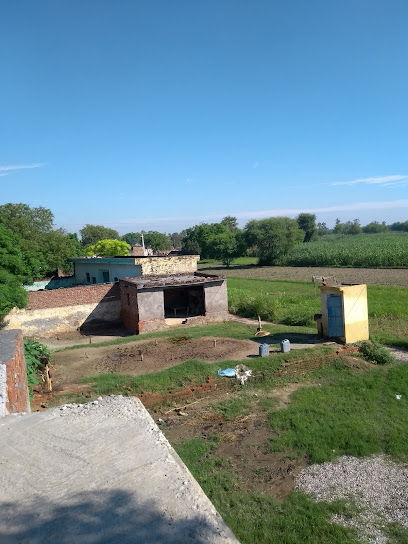
Kausani Tea Estate
72.1 km
Immerse yourself in the tranquil beauty and rich heritage of Kausani Tea Estate, where lush gardens meet breathtaking Himalayan views.
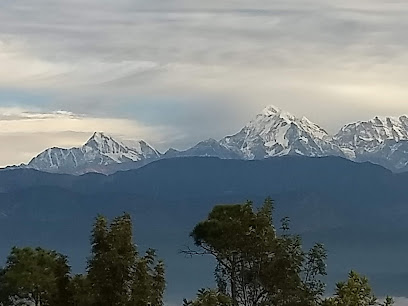
Himalaya view point palari china ( हिमालय का दृश्य पालड़ी छीना से)
79.9 km
Discover breathtaking vistas at Himalaya View Point Palari, a hidden gem in Uttarakhand offering panoramic views of the majestic Himalayas.
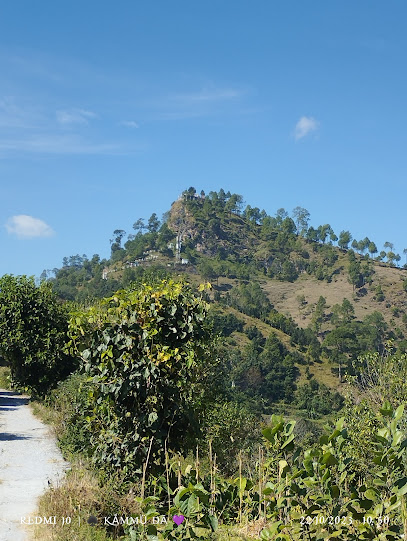
Flowers Valley
91.7 km
Explore the serene landscapes and vibrant flora of Flowers Valley, a hidden gem in Uttarakhand perfect for nature lovers and adventure seekers alike.
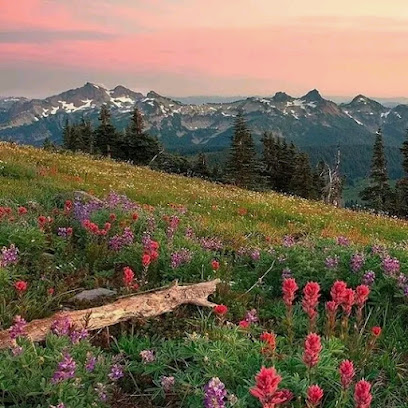
Unmissable attractions to see
Bhavishya Badri Temple
4.8 km
Experience spiritual tranquility and breathtaking views at Bhavishya Badri Temple in Uttarakhand, a vital part of the Char Dham pilgrimage.
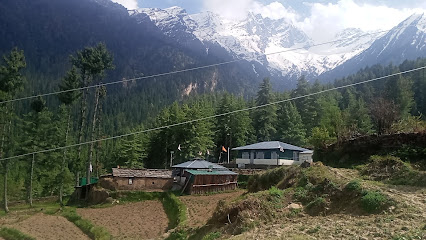
Hot water spring
5.3 km
Discover rejuvenation at the Hot Water Springs in Uttarakhand, a serene escape in the heart of the Himalayas, perfect for relaxation and adventure.
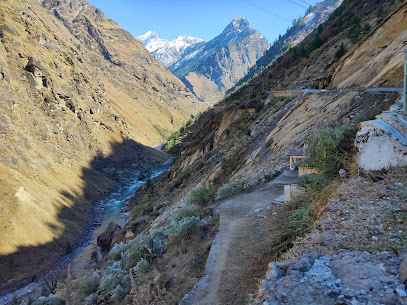
Dronagiri view point
8.9 km
Experience breathtaking Himalayan views at Dronagiri View Point, a serene tourist attraction in Uttarakhand, perfect for nature lovers and photographers.
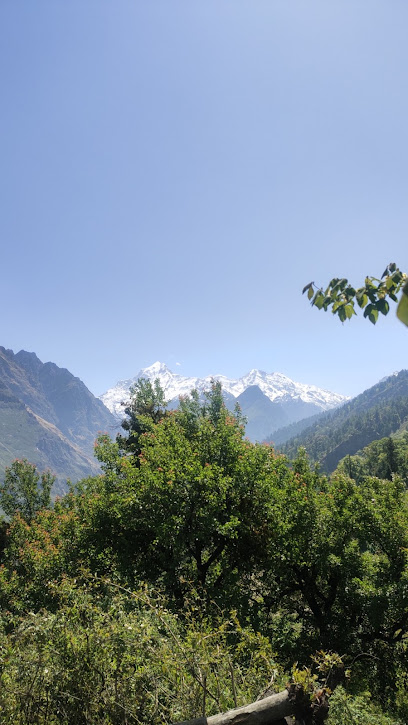
हनुमान शिला Hanuman Shila
10.1 km
Discover the spiritual tranquility of Hanuman Shila amidst the majestic mountains of Uttarakhand, a must-visit for all travelers seeking peace and beauty.
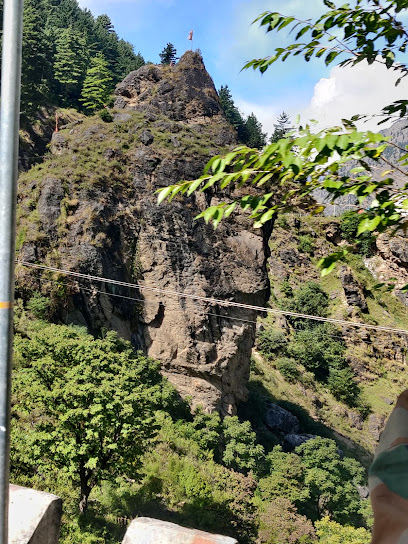
Surai Waterfall
12.3 km
Explore Surai Waterfall in Uttarakhand, a serene escape surrounded by lush greenery and breathtaking natural beauty, perfect for nature lovers and adventurers.

Gulshan Valley
13.8 km
Explore the breathtaking beauty of Gulshan Valley in Uttarakhand, where stunning landscapes and rich local culture await every traveler.

Auli skiing Point
14.1 km
Experience the magic of winter at Auli Skiing Point, a breathtaking skiing destination in Uttarakhand with stunning Himalayan views.
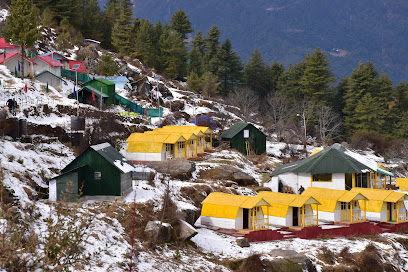
M&SI, AULI
14.2 km
Discover Auli: A Himalayan Gem for Skiing, Trekking, and Breathtaking Views in Uttarakhand.
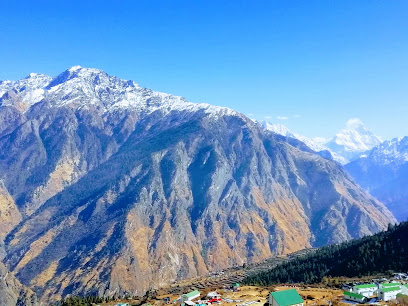
Gorson Bugyal
14.3 km
Experience the breathtaking beauty of Gorson Bugyal, a high-altitude meadow in Uttarakhand offering stunning Himalayan views and hiking adventures.
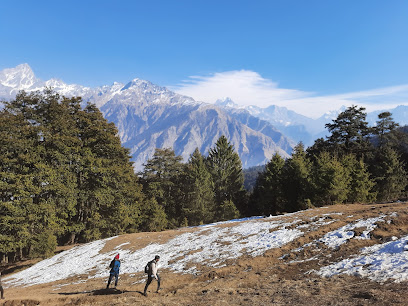
Auli lake
14.5 km
Discover the breathtaking beauty of Auli Lake, a tranquil retreat in the heart of Uttarakhand's majestic mountains, perfect for hiking and nature exploration.
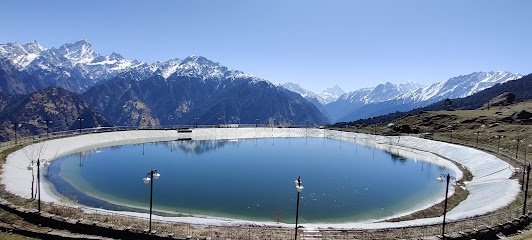
Auli Hill Station
14.6 km
Discover Auli Hill Station, a breathtaking Himalayan escape known for its stunning vistas, thrilling skiing, and serene ambiance.
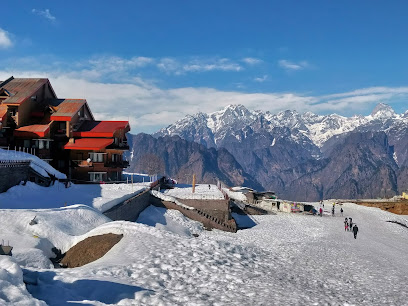
Auli Trekking Route Point 4
14.6 km
Explore the stunning Auli Trekking Route Point 4, a breathtaking gateway to the Himalayas, perfect for adventure seekers and nature lovers alike.
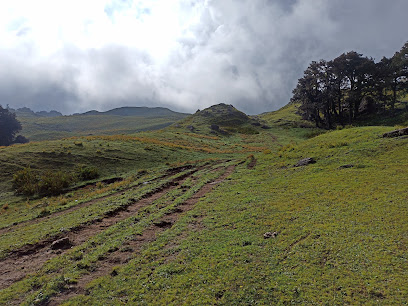
Auli Trekking Route Point 1
14.6 km
Explore the breathtaking Auli Trekking Route in Uttarakhand, where stunning landscapes and Himalayan adventures await every traveler.
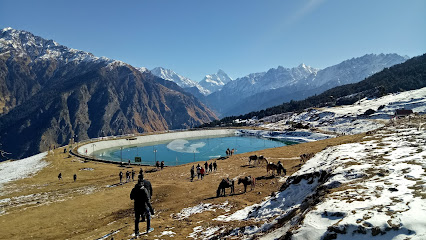
Snow sking ️ and snowboarding
14.6 km
Discover the exhilarating slopes of Auli, Uttarakhand, where skiing and snowboarding meet breathtaking Himalayan beauty.
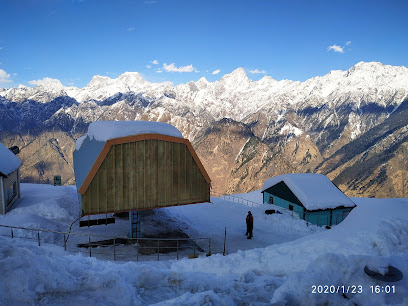
The Cliff Top Club, Auli
14.6 km
Discover the magic of Auli at The Cliff Top Club, where adventure meets luxury amidst breathtaking Himalayan views.
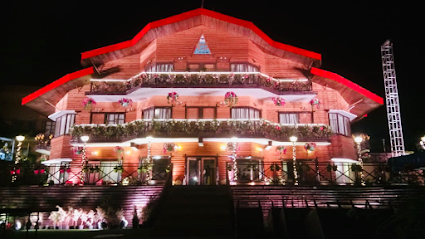
Essential places to dine
Devaangan Homestay
0.9 km
Experience authentic Uttarakhand cuisine at Devaangan Homestay, where every meal tells a story amidst nature's splendor.
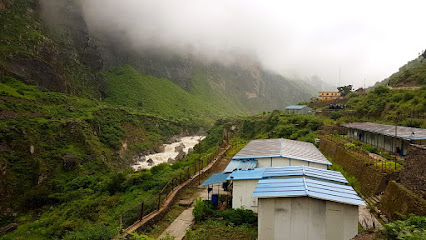
Auli winter camp (Valleyofflower.in)
14.2 km
Discover Auli Winter Camp: Your gateway to thrilling winter sports and serene mountain escapes amidst stunning Himalayan landscapes.
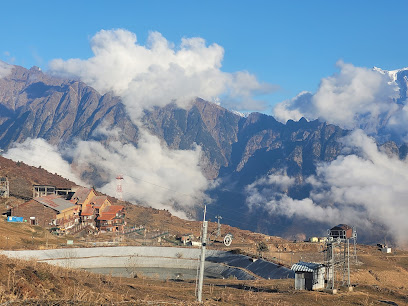
Ropeway UTP Canteen
14.5 km
Experience authentic Indian cuisine with stunning mountain views at Ropeway UTP Canteen in Joshimath.
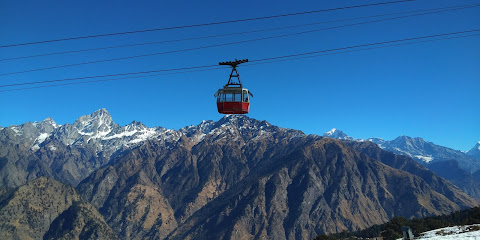
Sanjiwani Sikhar Auli
14.6 km
Experience exquisite local cuisine amidst stunning mountain views at Sanjiwani Sikhar Auli in Uttarakhand.
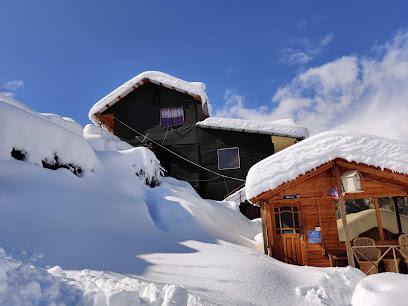
The Himalayan Resturant
14.6 km
Experience fast food like never before at The Himalayan Restaurant in Uttarakhand, where local flavors meet stunning mountain views.
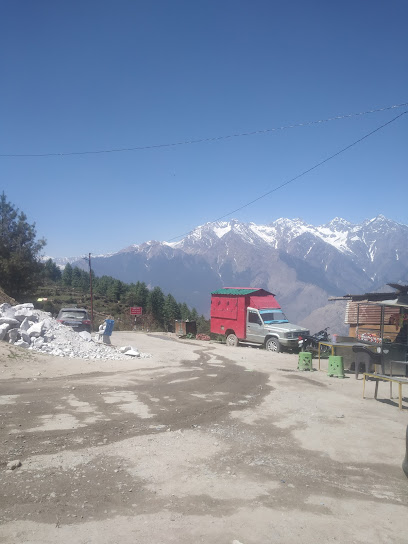
Snow view restaurant auli
14.8 km
Experience culinary bliss with stunning Himalayan views at Snow View Restaurant in Auli.
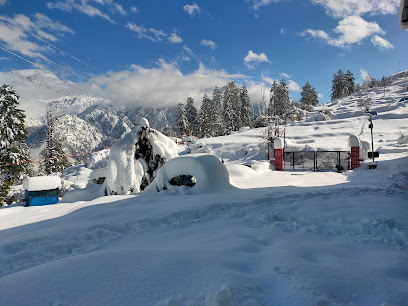
Best Hotel in Auli - Shail Shikhar Heritage Inn
14.8 km
Discover unparalleled comfort and stunning mountain views at Shail Shikhar Heritage Inn in Auli - your perfect getaway in Uttarakhand.
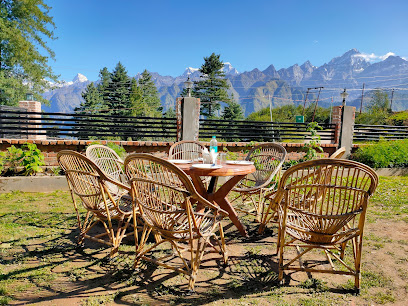
Auli Snacks and Dhaba
14.9 km
Discover authentic Indian flavors at Auli Snacks and Dhaba amidst the breathtaking beauty of Uttarakhand's mountains.
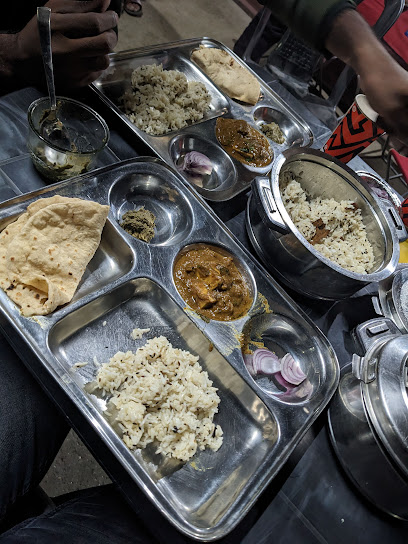
Hotel Dronagiri
15.1 km
Discover exquisite local cuisine at Hotel Dronagiri in Joshimath – where every meal offers a taste of Uttarakhand's rich heritage.

Divine Restaurant
15.3 km
Experience authentic Indian cuisine at Divine Restaurant in Joshimath – where local flavors meet warm hospitality.
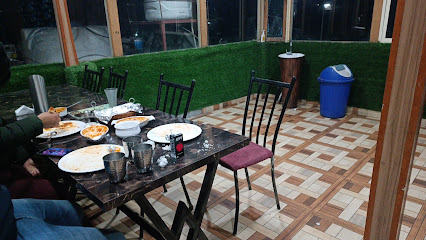
TWENTY 3RD FAST FOOD AND BAKERY
15.4 km
Experience delicious fast food and fresh bakery delights at Twenty 3rd Fast Food and Bakery in Joshimath – a culinary gem near Shri Narsingh Temple.
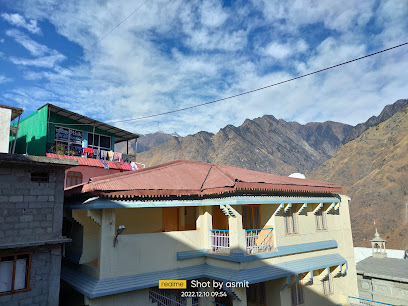
Auli 'D' Food Plaza
15.5 km
Experience authentic Indian cuisine at Auli 'D' Food Plaza in Joshimath—where every meal offers a taste of local culture amidst stunning mountain views.
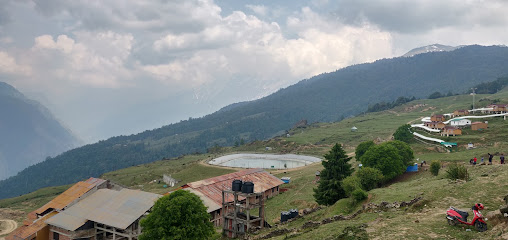
J.M.S Restaurant
15.7 km
Experience authentic local flavors at J.M.S Restaurant in Joshimath - A culinary treasure nestled in Uttarakhand's scenic beauty.
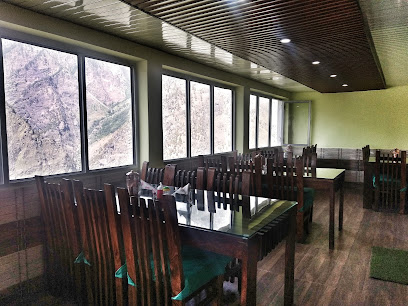
Chauhan's Diner
15.7 km
Discover authentic flavors at Chauhan's Diner in Joshimath - where Himalayan charm meets delightful cuisine.

Bawarchi the family restaurant joshimath
15.7 km
Experience authentic Indian flavors at Bawarchi the Family Restaurant in Joshimath - where delicious food meets warm hospitality.
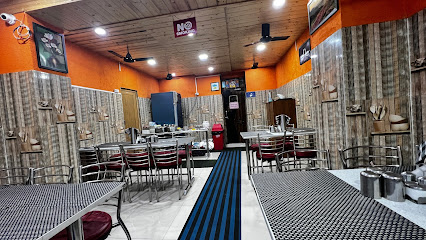
Markets, malls and hidden boutiques
Semwal brothers
13.8 km
Discover authentic Indian flavors and warm hospitality at Semwal Brothers in the scenic Auli, Uttarakhand.
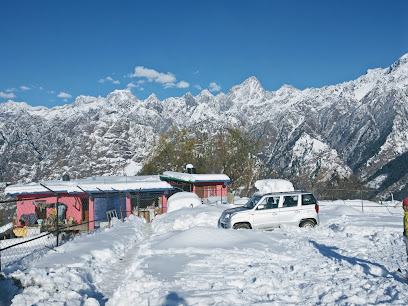
Auli Woods - luxury camping in Auli Himalayas!
14.5 km
Experience the serenity and luxury of Auli Woods, your perfect camping retreat in the breathtaking Auli Himalayas.
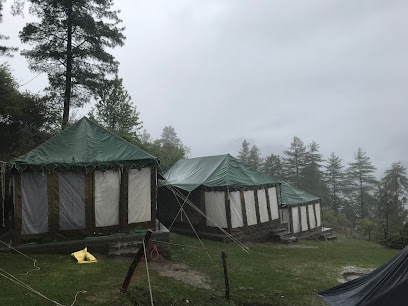
Satopanth, The Auli Resort
14.5 km
Discover the serene beauty and luxury of Auli at Satopanth, The Auli Resort – your gateway to Himalayan adventures.

Blue Poppy Resort
14.5 km
Discover the tranquil beauty and adventure of Auli at Blue Poppy Resort, a perfect blend of comfort and nature in the heart of the Himalayas.

Himalayan High, Auli, By Himalayan Eco Lodges
14.7 km
Discover the serene beauty of Himalayan High in Auli, where adventure meets tranquility amidst the majestic Himalayas.

GMVNL Nanda Devi Eco Huts
14.7 km
Discover the tranquility of nature at GMVNL Nanda Devi Eco Huts, a perfect resort hotel in Uttarakhand for adventure and relaxation.
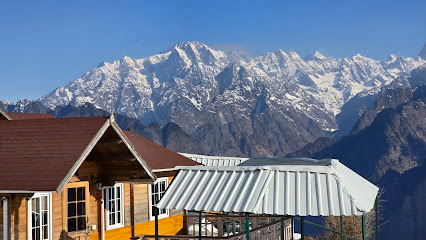
Auli homestay and hotel
14.7 km
Discover the tranquil beauty and thrilling adventures at Auli Homestay and Hotel, your perfect retreat in Uttarakhand.
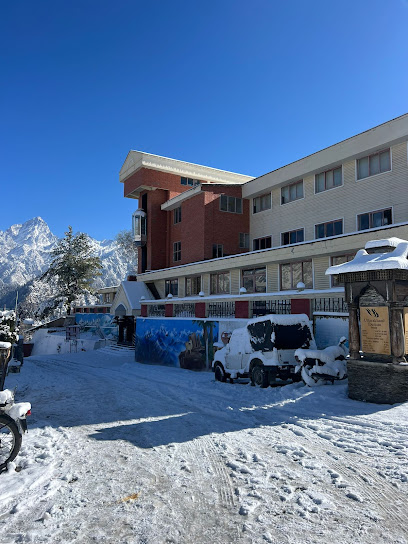
Auli Ski & Snowboard School
14.8 km
Experience the thrill of skiing and snowboarding in the stunning Himalayan landscape at Auli Ski & Snowboard School.
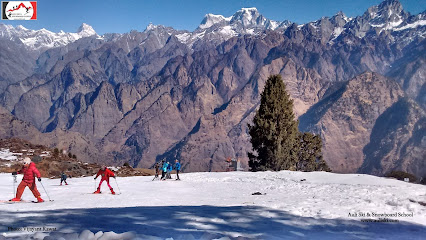
Wine ahop
15.1 km
Explore the exquisite selection of local and international wines at Joshimath's charming wine shop, a must-visit for every wine lover.

Trek To Valley of Flowers
15.1 km
Explore the breathtaking Valley of Flowers, a UNESCO World Heritage Site famed for its vibrant meadows filled with alpine blooms and stunning mountain vistas.
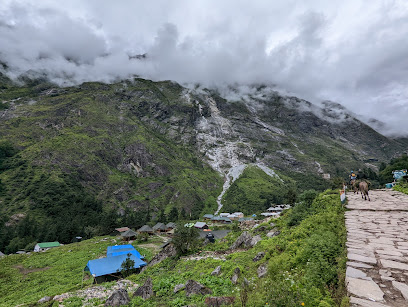
Amit kaparwan
15.3 km
Discover Amit Kaparwan, your go-to general store in Joshimath, offering a delightful range of local products and essential supplies for travelers.
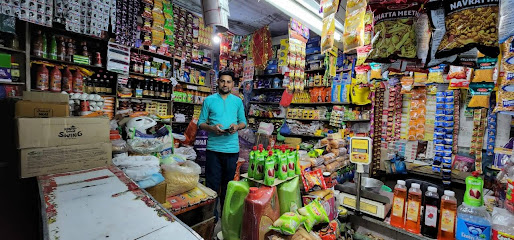
Auli 'D' Bakers
15.5 km
Discover Auli 'D' Bakers in Joshimath for a delightful array of fresh pastries and cakes, perfect for sweetening your Himalayan adventure.

Navneet Silori
15.6 km
Discover authentic local crafts and souvenirs at Navneet Silori, a vibrant store in Joshimath, Uttarakhand, showcasing the rich heritage of the Himalayas.

Shubham gift center
15.6 km
Discover unique souvenirs and local handicrafts at Shubham Gift Center in Joshimath, a must-visit for every traveler seeking authentic Uttarakhand treasures.
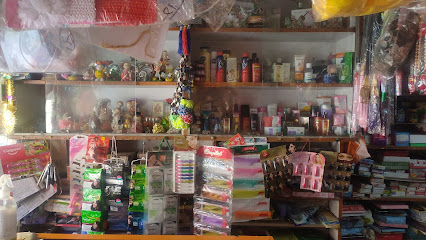
Sri Ram Store
15.7 km
Shop unique clothing and accessories at Sri Ram Store in Joshimath, where local fashion meets Himalayan charm.
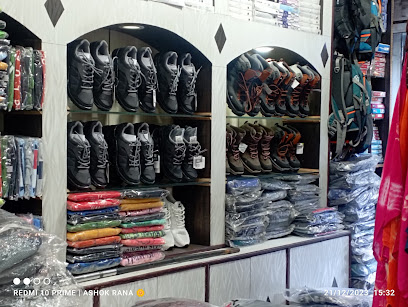
Essential bars & hidden hideouts
Mountain Rover, Auli- Resort
14.5 km
Discover the breathtaking beauty and exhilarating adventures at Mountain Rover, Auli - the ultimate ski resort retreat in the Himalayas.
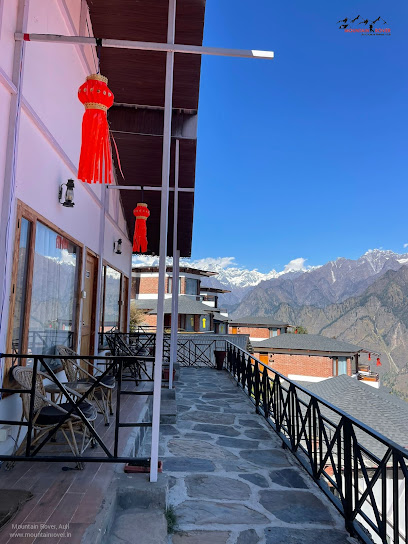
Snow bliss hotel and restaurant
14.8 km
Experience the serene beauty and authentic flavors of Auli at Snow Bliss Hotel and Restaurant, a must-visit dining destination for tourists.
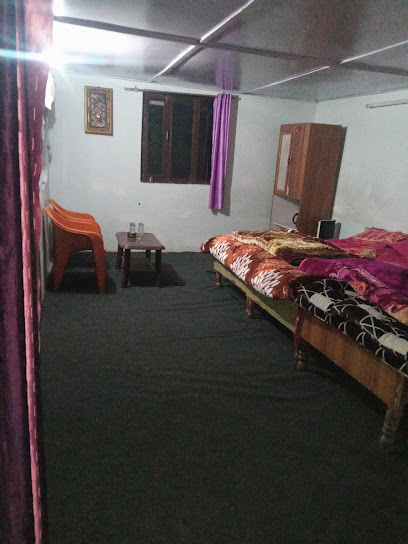
Alpenrose Restaurant
15.2 km
Experience exquisite dining at Alpenrose Restaurant, where breathtaking views meet culinary delights in the heart of Joshimath, Uttarakhand.
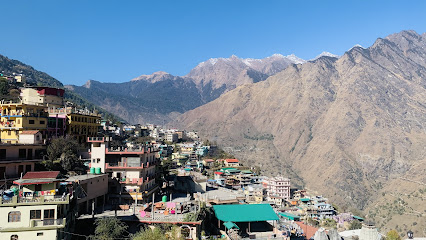
The Bourbon Club N Lounge
15.2 km
Experience vibrant nightlife at The Bourbon Club N Lounge, a stylish bar in Joshimath, Uttarakhand, offering exquisite drinks and stunning mountain views.

पार्थ स्पेशल ( चौहान जनरल स्टोर & रेस्टोरेंट)
21.8 km
Discover the flavors of Uttarakhand at Paarth Special, a family-friendly restaurant and general store offering delicious local cuisine and warm hospitality.

CAFE BRO
21.8 km
Explore the flavors of Uttarakhand at Cafe Bro, a family-friendly restaurant offering a delightful menu and a cozy atmosphere for all ages.
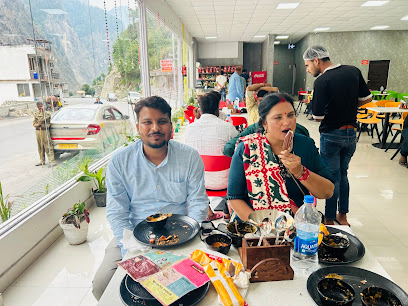
Bolly vista family restaurant
21.8 km
Discover the taste of Uttarakhand at Bolly Vista Family Restaurant, where delicious food meets family-friendly hospitality.
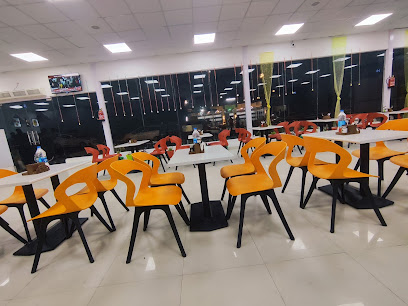
Hotal New Gokul
22.0 km
Experience the authentic flavors of Uttarakhand at Hotal New Gokul, a charming restaurant in Pail Chak Bhyudar, perfect for culinary exploration.

Hotel Preetam
25.2 km
Experience the perfect blend of comfort and local cuisine at Hotel Preetam in Ghangaria, Uttarakhand.
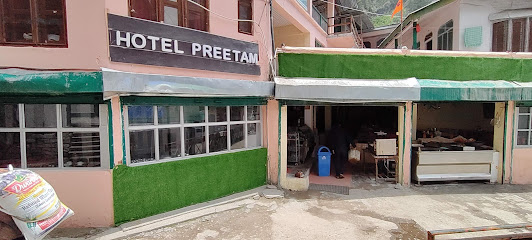
KUBER ANNEX
25.3 km
Explore Kuber Annex in Ghangaria for a delightful dining experience infused with local flavors and hospitality amidst breathtaking natural beauty.
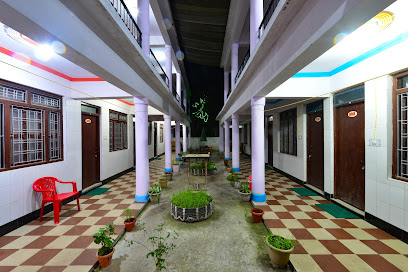
Hotel Shyam Palace
25.3 km
Discover the charm of Hotel Shyam Palace in Ghangaria, your gateway to the majestic Himalayas and vibrant local cuisine.
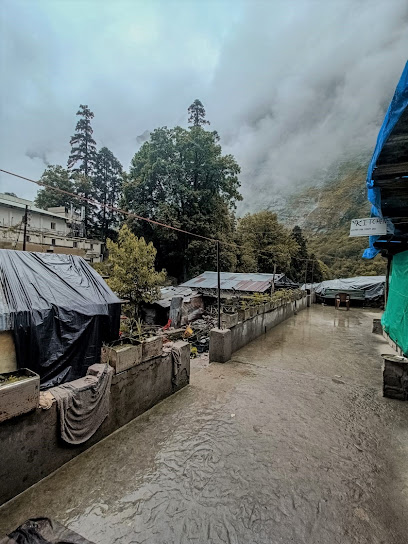
##$$ Negi General Store bharat laalaa
26.2 km
Discover the authentic flavors and warm hospitality of Negi General Store, a charming bar in the heart of Uttarakhand's stunning landscapes.
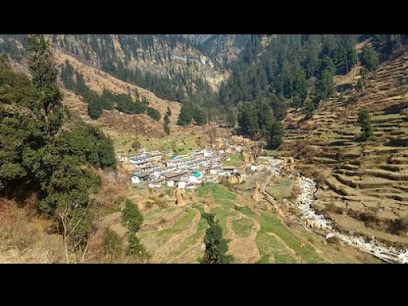
Manoj negi
29.4 km
Discover the vibrant nightlife at Manoj Negi Bar in Tangla, Uttarakhand - a perfect blend of local culture and lively ambiance.
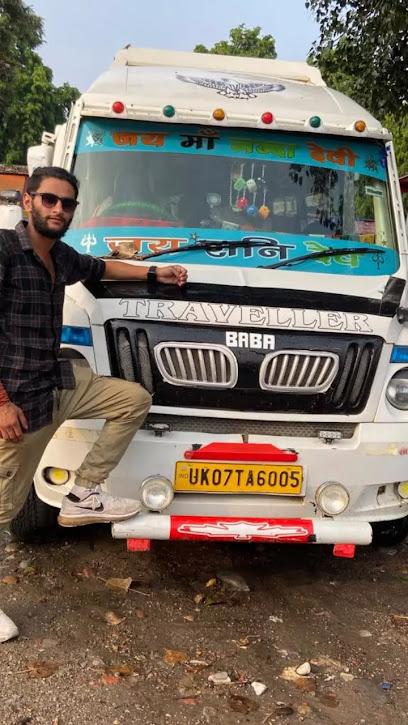
Vankatesh
33.9 km
Discover the flavors of Uttarakhand at Vankatesh, a top-rated restaurant in Badrinath offering a delightful range of Indian cuisine.
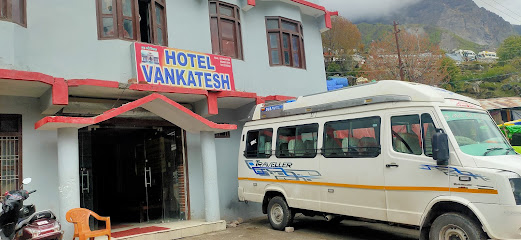
Braham Kamal Restaurant
33.9 km
Discover the flavors of Uttarakhand at Braham Kamal Restaurant, a family-friendly dining gem in the heart of Badrinath.




